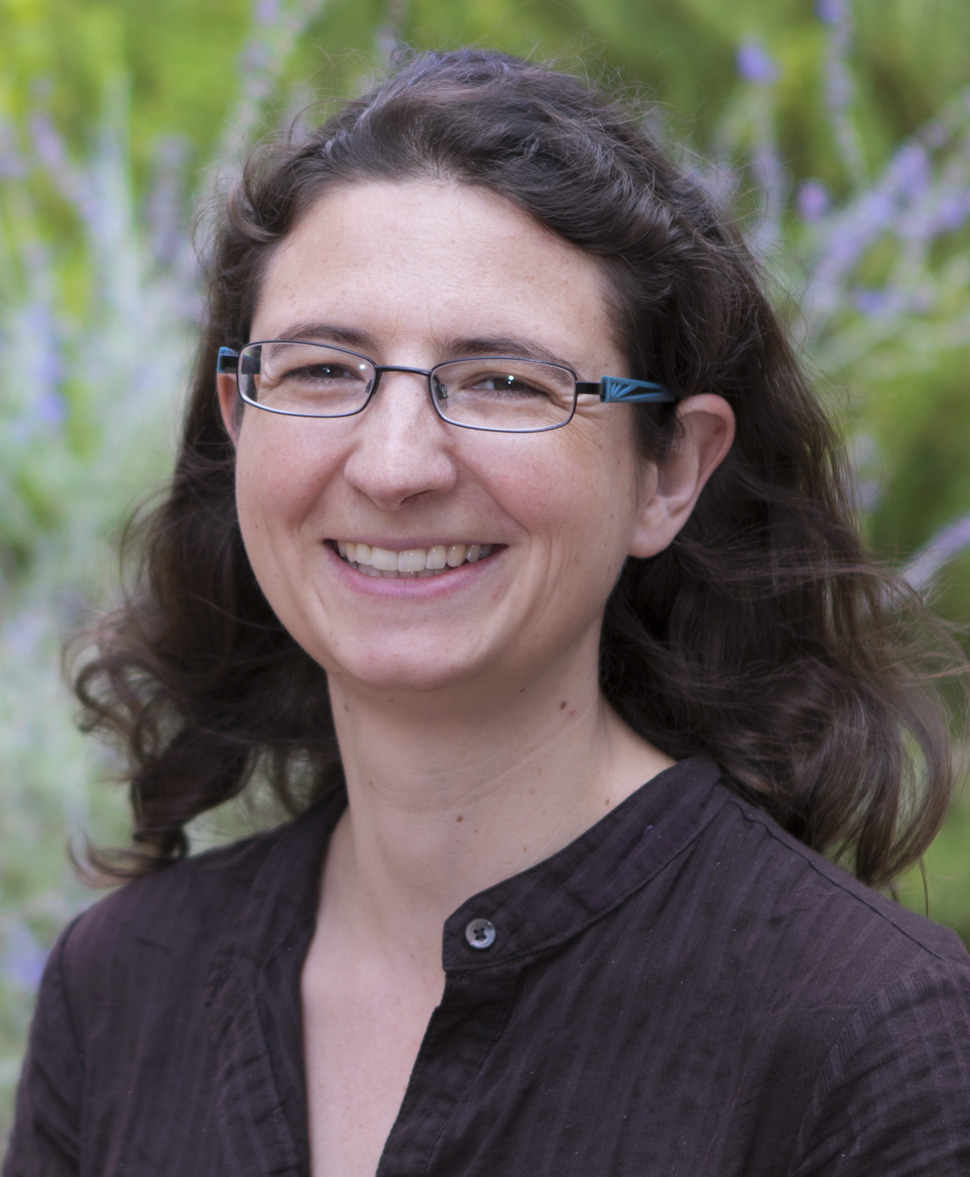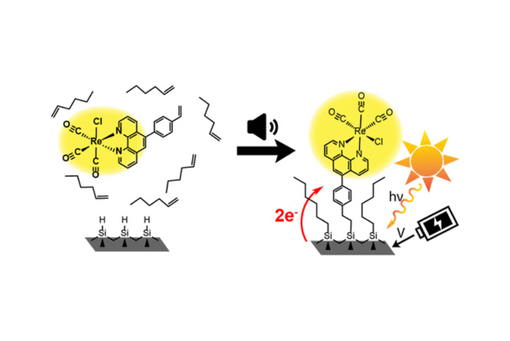
Joanna Atkin
Assistant Professor
Caudill Laboratories 117919-962-0528
jatkin@live.unc.edu
Group Website
Curriculum Vitae
Research Interests
Near-field optics and imaging, Tip-enhanced spectroscopy, Plasmonics
Research Synopsis
Infrared and visible spectroscopies can provide a wide range of information about electronic and chemical structure and dynamics in materials systems. However, the information has a relatively low spatial resolution, determined by the diffraction limit of light.
With the increasing development of nanostructures, low dimensional materials, and devices based on nanoscale morphology, the need for nanometer-scale optical and infrared techniques has grown. One approach is scattering-scanning near-field optical spectroscopy, s-SNOM. This nano-optical spectroscopy takes advantage of the "optical antenna" properties of metallic nanostructures, such as an atomic force microscope tip, to concentrate and locally enhance light.
This is compatible with a wide range of optical spectroscopies, and enables nanometer spatial resolution. In this way, it is possible to probe the structure and behavior of systems such as 1D and 0D nanostructures, which often show heterogeneous strain and doping profiles. Polymer and bulk heterojunction photovoltaic devices also rely on complex nanoscale morphology for improved performance, but the interplay of the electric field at interfaces and modification of vibrational properties with overall performance is not well understood.
Biological imaging is also a field of research where high spatial resolution coupled with chemical specificity can provide novel information about, for example protein folding or tissue damage. Our research is multidisciplinary, interfacing chemistry, biology, materials science, physics, and engineering. Interested students please contact me to discuss possible research projects.
Professional Background
B.S. Victoria University of Wellington, New Zealand, 2002; Ph.D. Physics, Columbia University, New York, 2010; Postdoctoral Research Scientist, University of Colorado, Boulder, 2010-2014.
News & Publications
Here we report Si-based PSRs by synthesizing high-photovoltage multijunction Si nanowires (SiNWs) that are co-functionalized to catalytically split water.

A sonochemical-based hydrosilylation method was employed to covalently attach a rhenium tricarbonyl phenanthroline complex to silicon(111).

